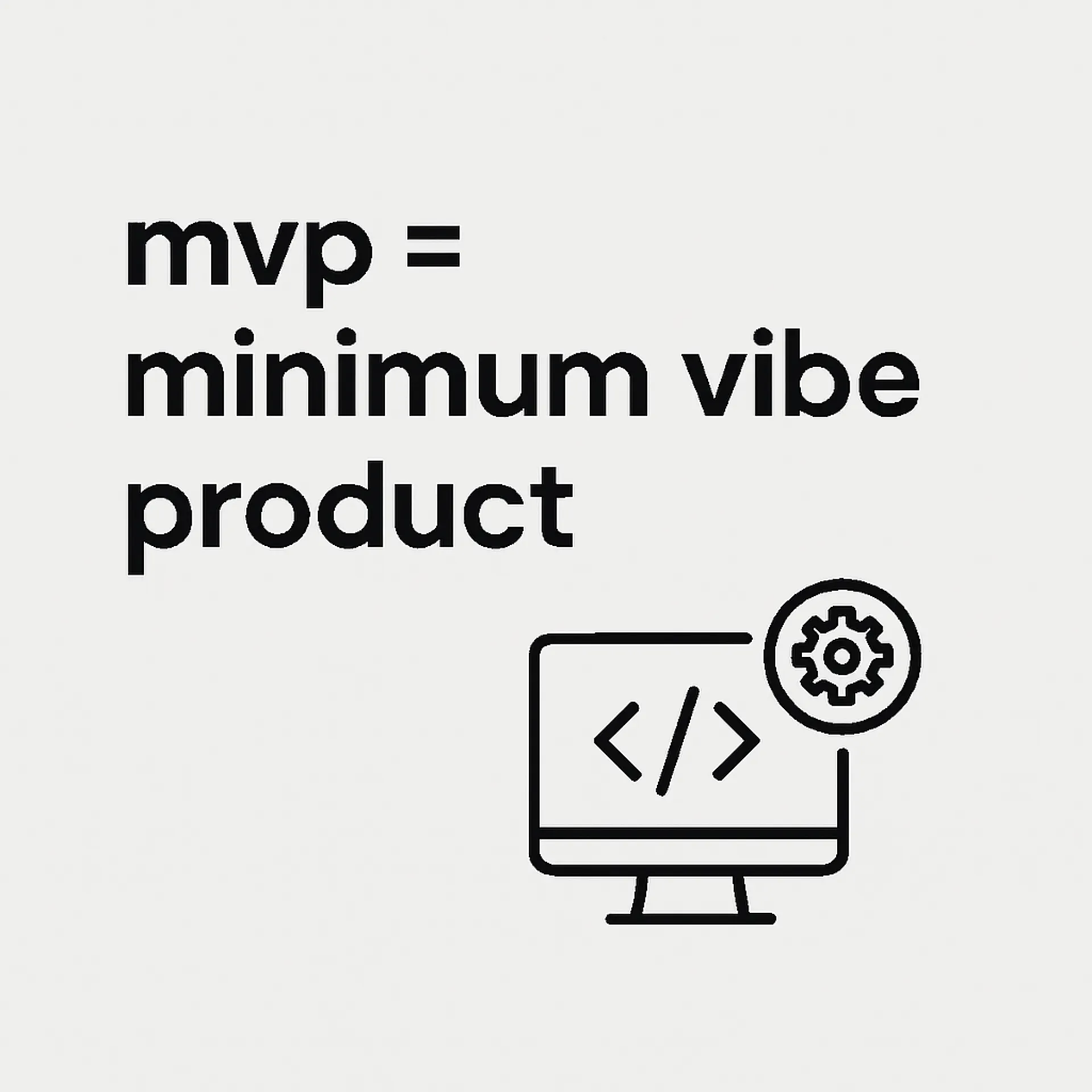Install Huzzler App
Install our app for a better experience and quick access to Huzzler.
Join the Huzzler founder community
A community where real founders build together. No fake gurus, no AI spam.
Join 1,898 founders
Huzzler is a strictly AI-free community
No fake MRR screenshots. Stripe-verified revenue only
Real advice from founders who've actually built
Network with serious builders, not wannabes
You're a builder, not a marketer. You know you need a blog to rank on Google and build authority for your product, but the thought of writing expert articles is nightmare, being bootstrapped you can't hire professional writer.
So you try AI, hoping for a shortcut. But most AI writing tools are junk. I've been there, i've used so many ai blog writer tools. They spit out the same robotic formula: a heading, a wall of text, another heading, another wall of text.
It’s generic SEO fluff. It doesn't sound like a founder who has actually lived the problem and built the solution. It fails to make the human connection needed to build real trust and authority.
And since today's users don't read, they scan - this generic approach fails instantly. It's content no human wants to read.
The secret isn't about finding "better prompts" - it's about having a better system. I scaled a blog to 350k visitors by creating content that connects in my past blogging journey. Here's how to apply that same system to your AI workflow...
Step 1: Give Your AI a "Brain" Before You Ask It to Write
Before you type a single request, you must give the AI context. Without it, the AI has no idea who you are, who you're talking to, or why it should sound a certain way.
You need to create a simple text document called a "Brand Brain." Assume it is your startup's constitution, and it contains the essential information about your brand. At a minimum, it should include:
- Your Identity: What are you literally, and what are you emotionally? What are you NOT?
- Your Audience: Who are you talking to? What are their biggest fears and goals?
- Your Voice: How do you sound? Are you raw and honest? Witty and sarcastic? Empowering and professional?
- Your Enemy: What frustrating idea, tool, or status quo are you fighting against?
Your new workflow is simple, at the start of every new chat, you paste in your entire Brand Brain and tell the AI to adopt that persona. In 30 seconds, you’ve turned a generic tool into your co-founder.
Step 2: Use a Strategic Prompt, Not a Simple Command
Now that the AI has its "Brain," you can give it a strategic command. A great piece of content isn't just text, it's a psychological journey. Your prompt should reflect that.
Instead of asking for "a blog post intro" ask the AI to follow a specific, proven formula. Here is my 5-step pattern interrupt prompt that I use to create introductions that actually hook the reader.
The "Human-First" Intro Prompt:
- The Pattern Interrupt: Start with a short, blunt sentence that addresses the reader's insecurity. (e.g., "Let's be honest. Your website is probably boring.")
- The Empathetic Scenario: Describe the reader's experience back to them. Show you understand their struggle.
- Raise the Stakes: Reframe their problem as a critical business issue. Connect it to their deepest fears (losing time, money, or trust).
- Acknowledge & Invalidate the Excuse: State their common excuse ("no time, no budget"), agree that it used to be true, and then state that the rules have changed.
- The Bridge to the Solution: Conclude by framing your article as the simple, actionable fix to this major problem.
When you combine a contextual "Brain" with a strategic prompt like this, the output is dramatically different. It sounds authentic, empathetic, and human.
Try writing the intro of your any blog post, even for your any existed blog post and then let me know how it went?
This Is Just the Tip of the Iceberg
This two-step framework alone will put you ahead of 99% of people using AI for content. But it's just the start.
The full, 3000-word playbook on my blog breaks down the entire end-to-end system, including:
- The AI-Powered Research Prompt: How to use AI to instantly find your audience's real pain points.
- The Article Outlining Formula: How to turn that research into a perfect article structure.
- Section-by-Section Writing Prompts: The exact prompts to write the body of your article.
- The Full "Brand Brain" Template: A copy-pasteable template to build your own.
If you want to stop writing robotic content and start creating articles that rank on Google and resonate with real people, you can read the complete guide for free.
Read the full playbook here: https://ai-q.in/how-to-write-seo-friendly-articles
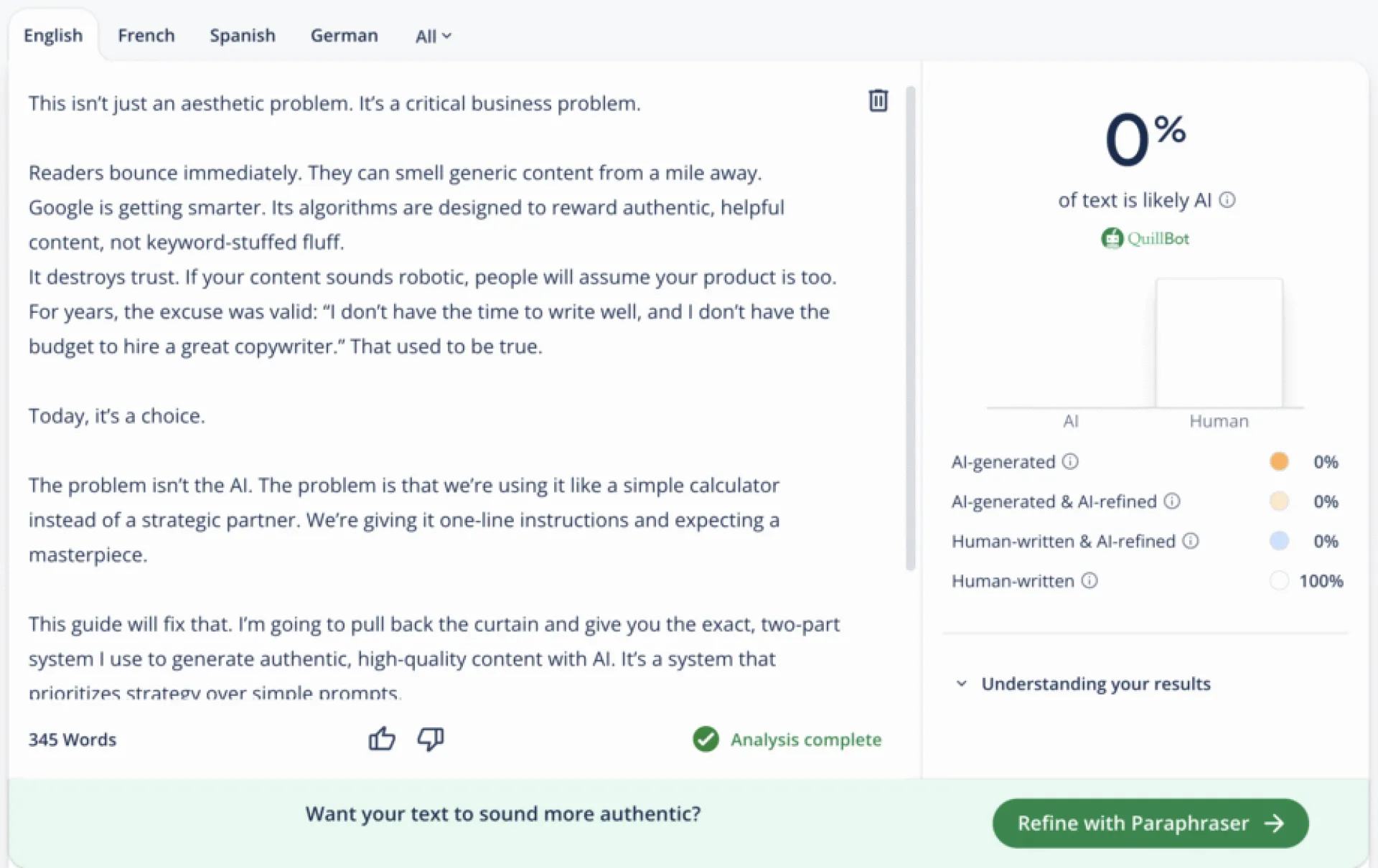
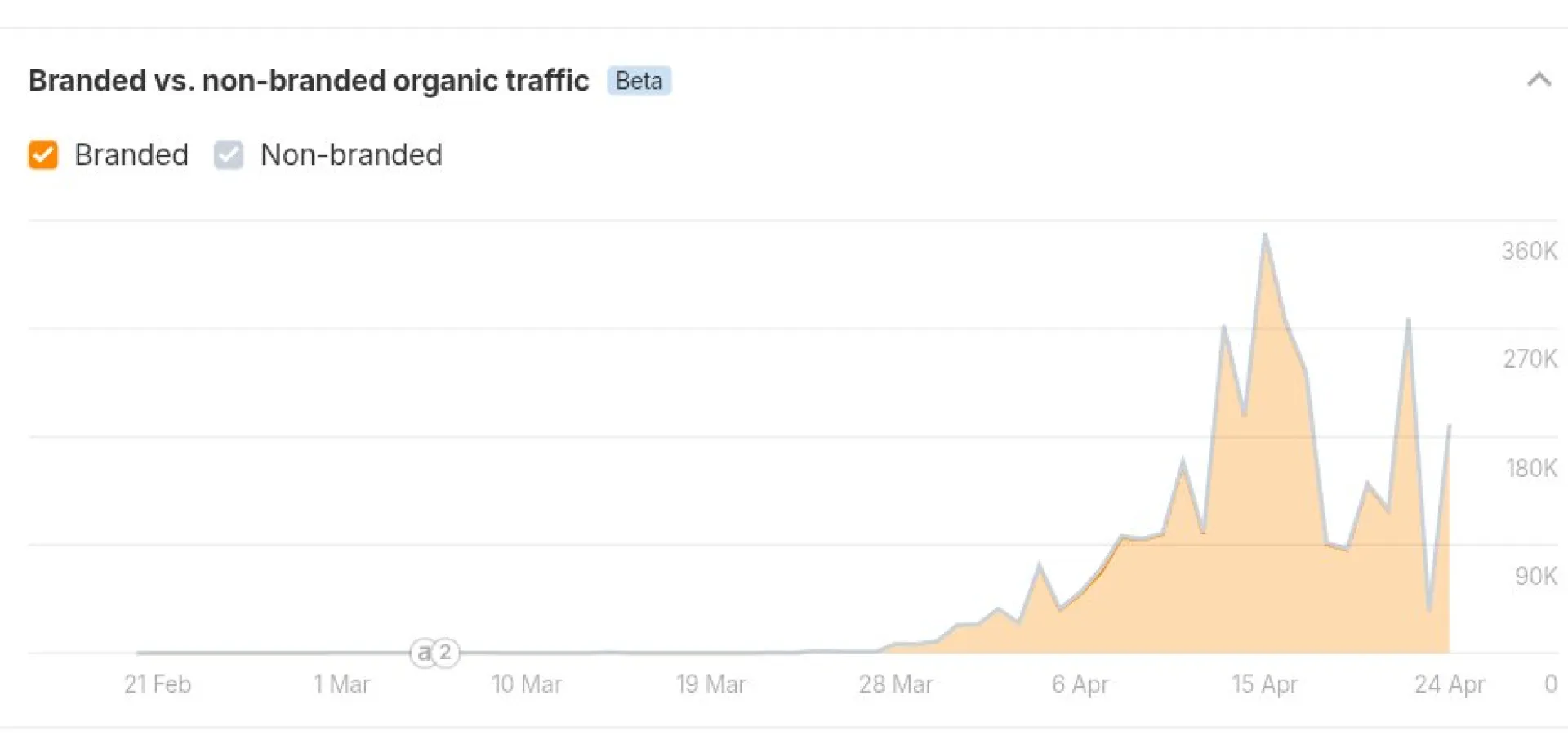
Underdog channels = your unfair advantage:
— Less noise
— Higher response rates
— Faster authority-building
Find the quiet corners. Show up early.
#startups #leadgeneration #bootstrapping #founders #growth #buildinpublic
Hey Huzzler community!
After watching 1000+ of you launch here, I've started noticing a common pattern among SaaS launches:
Month 1-6: Build incredible product ✅
Month 7: Launch on Huzzler and get great feedback
Month 8: "No customers.. Maybe I need more features?" 🤔
Month 12: Still struggling with real customers... 😰
Here's the thing, almost everyone in this community can build. You're all incredibly talented.
We try posting on Product Hunt, tweeting, building in public... but our acutal customers are not browsing these sites. They're busy doing their jobs at companies.
That's why I'm building Customer Engine: a systematic approach to getting customers where you get exact daily tasks to get your first B2B customers.
Instead of: "What should I do today to get customers?"
You get: "Send 8 LinkedIn requests to marketing managers using template #3"
And you can actually see what's actually working for other founders (with real numbers).
Question for you guys: What's your biggest problem after launching your product? Is it getting the first real customers (who are not founders themselves)?
Would love your thoughts!
Waitlist: customerengine.co
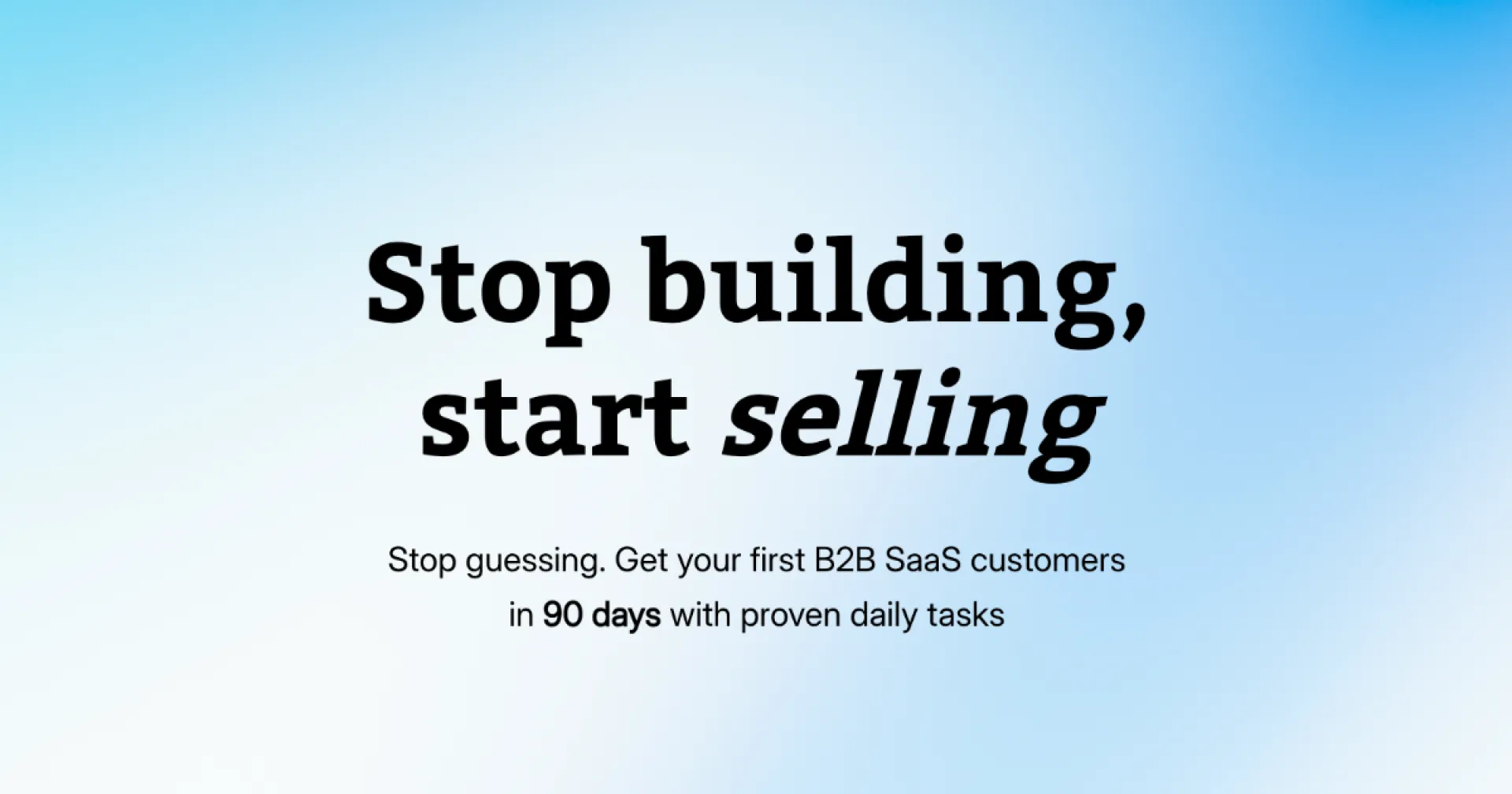
For the past two weeks, I've been working on a personal project to create a web app called Spendflow(https://spendflow.me).
The goal was to help me control my personal bill payments. I've always
managed this using a Google Drive Sheet, where I'd mark what I needed to
pay by the end of the month on a horizontal timeline, and update the
status. The reason for the horizontal timeline is that it gives me a
clear sense of what's coming up and a sense of continuity, so I don't
pay things out of order.
I'm a developer who loves to build things, but I'm terrible at
design and marketing. My problem has always been that I never share the
ideas I have. So, I decided to use AI to boost my productivity and
launch things faster. Here are the steps I've taken so far:
- I used Bolt.new to create the first version of the app.
- After my free credits ran out, I subscribed to Bolt to improve the design.
- I transferred everything to my GitHub and subscribed to Copilot (with VSCode).
- I integrated the backend with Supabase
- I enabled Magic Link and Google Auth via Supabase.
- I set up auth emails with Resend
- I created a Stripe account for the first time to handle payments.
- I used a new SaaS called BoostToad to get some feedback.
- I added Google Analytics for traffic analysis.
- I deployed the app on Vercel
- Now for the most important part: finding customers!
I've replaced my spreadsheet with the app and am using it myself. I
know there are improvements to be made, but I've decided not to invest
more time until I work on the marketing and figure out if other people
have a similar need.
I've seen many finance apps out there, but I have no intention of
evolving this into something that deals with investments, savings goals,
or similar features. I also don't know if anyone needs something this
simple, even though it's been useful for me.
I've learned a great deal in just two weeks. I've read plenty of Reddit
posts about not wasting time building something nobody will use, and I
Get that. But considering I had never used 90% of the technologies on
this list, I feel much more prepared to find a new idea and create my
next product.
Thanks for taking the time to read about my project. Any feedback
is welcome—feel free to reach out with a DM. I'd love to hear what you
think

LaunchDirectories has been getting so much traffic lately that I just maxed out my DataFast plan :)

I just added promotional emails to Huzzler and reminded myself why I use Laravel and why it beats the javascript ecosystem for so many tasks.
- Integrate with Resend in 3 mins
- Queue mails with rate limiting and auto retries
- Write templates in markdown and use variables from my models
Sure php is an "ugly" language and sure you can do the same in Next.js but you'd need 20 external dependencies and manage them all.
In Laravel, you also have (out of the box):
- Queue workers: background jobs
- Task scheduler: Cron jobs without touching crontab
- Mail system: Supports multiple drivers, markdown templates, queuing built in
- Built-in notification system: Email, sms, slack,.. whatever
- Eloquent ORM: Arguably the best ORM out there
- Authentication: social logins, 2FA,... you name it
- Database migrations
While most js devs are out there in dependency hell, Laravel developers are shipping features.

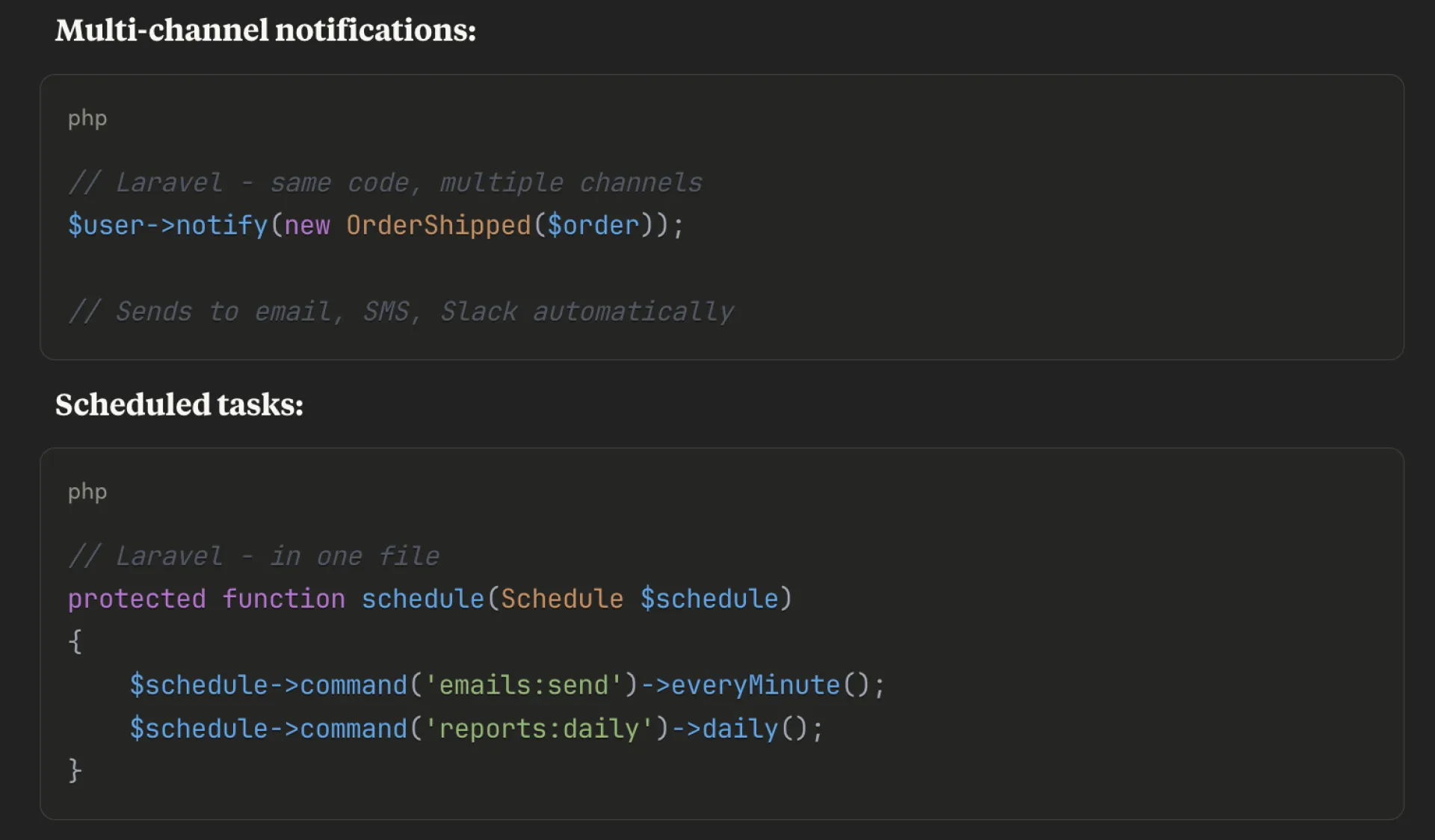
I have around 1-2 years of experience. I want to build an Ai based react-web SEO optimizer, and I'm looking for co-founders in tech world.
Some of you on Huzzler may have seen these notifications pop up 👀
As of today, you can start earning $$$ in ad credits by posting helpful content on Huzzler 😎
Every day, our admins check for content that genuinely helps other founders and reward generously!
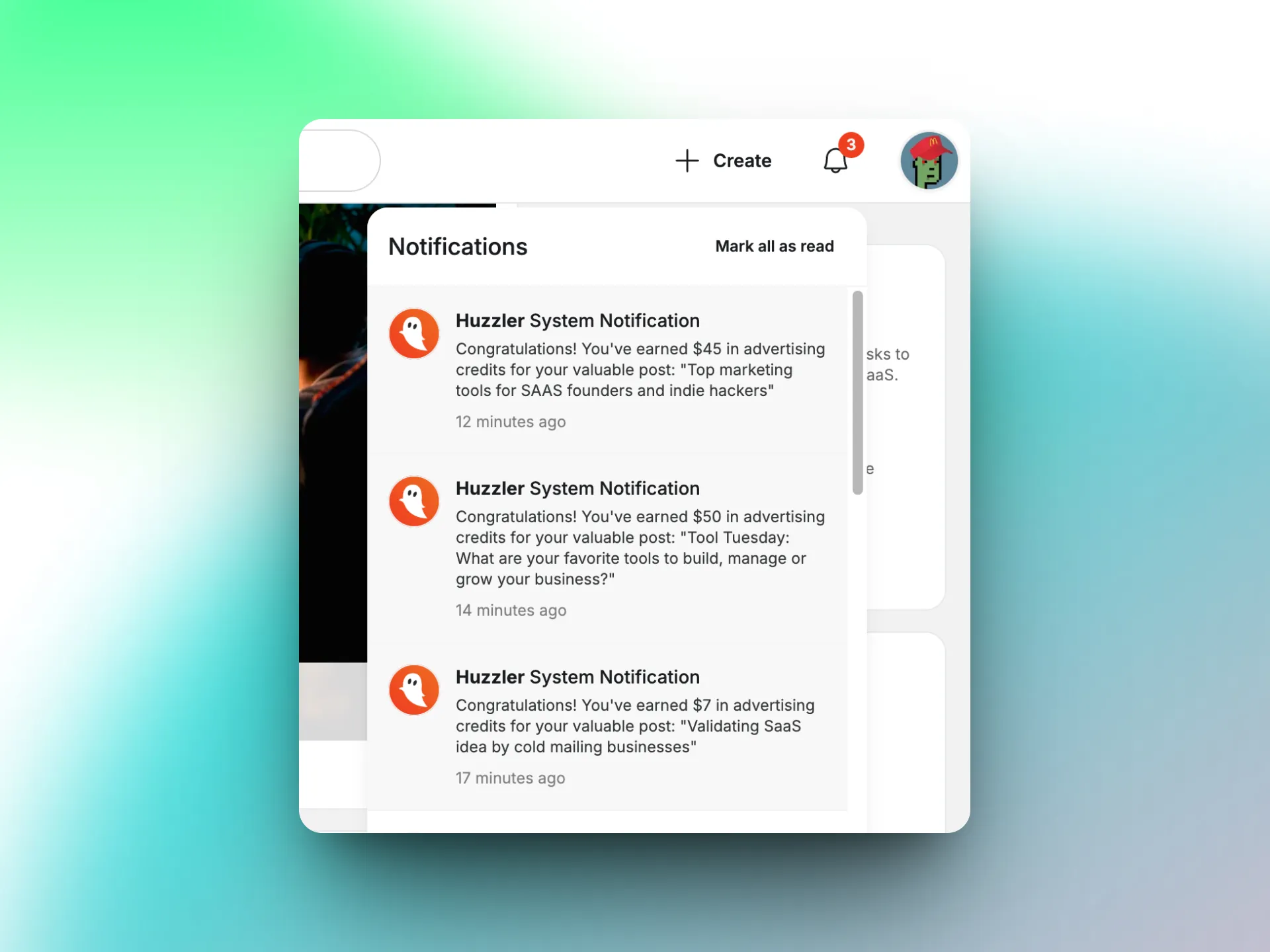
 $3.4k/mo
$3.4k/mo
Hello Huzzler, nice to meet you all!
I’m the CEO and co-founder of TTP.TODAY, a cyber threat intelligence provider based in the UK. We are a self-funded operation, rejecting investor interest as we are very passionate about growing the service and company ourselves,
Collectively, our team has over 15 years of experience across cybersecurity fields, including malware research, attack analysis, OSCP-certified penetration testing, and darknet intelligence operations.
We also run a live darknet leak checker at https://leak-check.net, where you can freely see what data sources are available - or sign up for full domain and data access.
Eight months ago, we launched LeaksAPI, a darknet data checker that provides easy access to a wealth of data (over 1,300 leaked databases and 400 million malware logs) sourced from darknet data brokers and private intelligence networks.
Today, we support 400+ users and handle over 1 million requests per day, served through geographically distributed AWS load-balancing.
I’m excited to connect with other founders here. I also wanted to share my top two lessons from the past eight months for anyone on the same journey:
---
1. Verify your value proposition with real users
Believe in yourself, but be patient - real value sells itself, even if slowly.
KEEP COSTS LOW UNTIL PEOPLE PAY REAL $. KEEP. COSTS. LOW.
Find a real user to demo their need, even if it’s free. Too many people spend months building an app nobody wants. It should be the opposite: start with the need.
Our first and only huge client fell through while we were waiting for the invoice to be paid - they had a security breach and froze all new supplier onboarding.
It was disappointing and scary.
After three months of work, bills had to be paid and we were excited to cross the finish line before it all fell through, but we realized they weren’t the only fish in the sea.
We found new traffic sources and clients over time.
Their feedback was still extremely valuable in helping us understand real-world requirements. Their loss didn't change a thing.
---
2. 10% of users will cause 90% of the problems/work - respect yourself and your boundaries
This includes people begging for discounts, extra features, or credits. Don’t be afraid to set minimum price points and turn down business where appropriate.
Early on, we had a client sending malformed API requests that ruined our 100% error score.
They ignored three contact attempts across multiple methods, so we blocked their access for the sake of service quality.
This risked losing a $99/month customer, but it was worth it for our long-term reputation. After blocking, they finally reached out and we resolved their issue and saved our reputation score.
---
Thanks if you made it this far!
If you’d like a free trial of the API, drop a comment below and we’ll set it up.
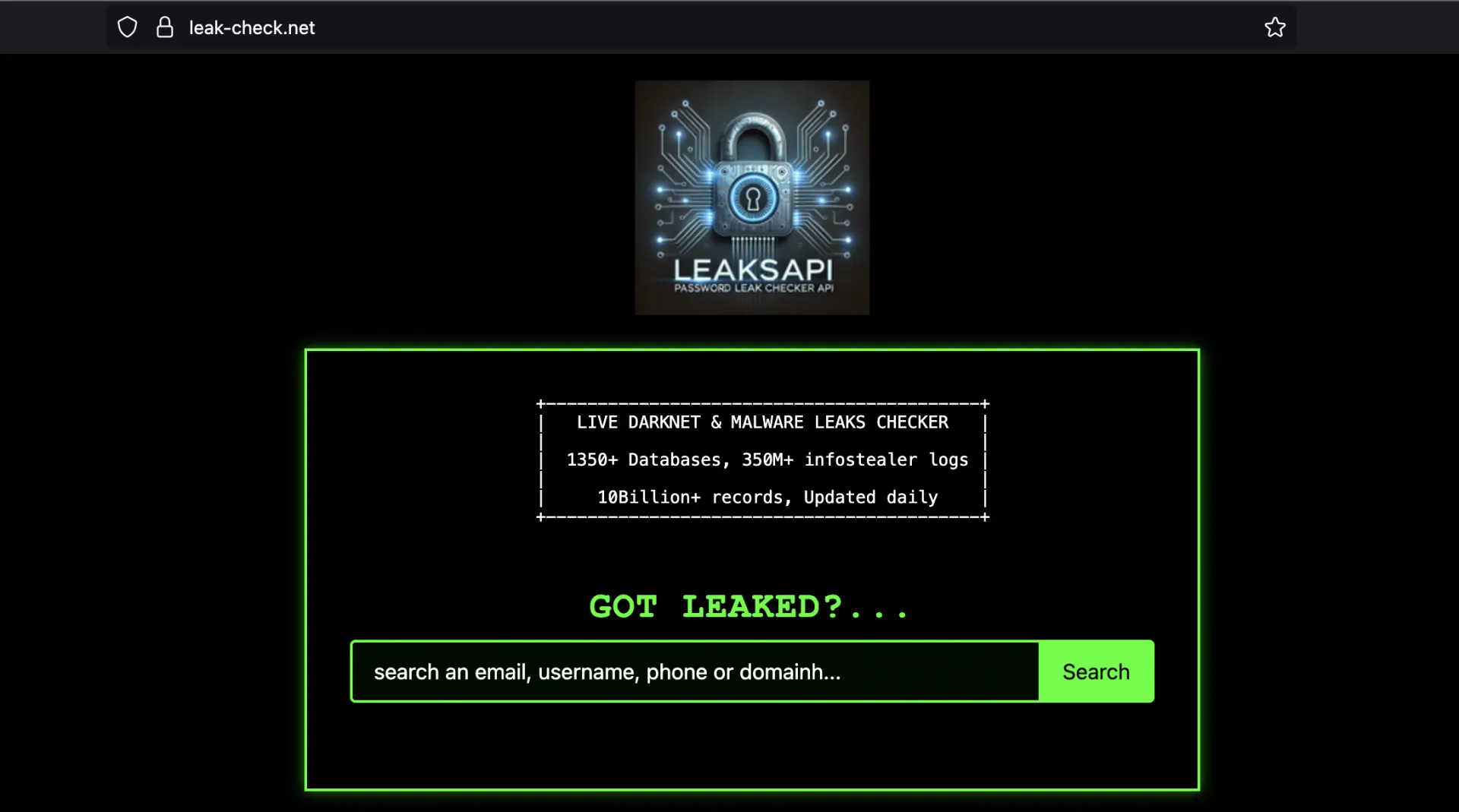
Hey Huzzler community!
After watching 1000+ of you launch here, I've started noticing a common pattern among SaaS launches:
Month 1-6: Build incredible product ✅
Month 7: Launch on Huzzler and get great feedback
Month 8: "No customers.. Maybe I need more features?" 🤔
Month 12: Still struggling with real customers... 😰
Here's the thing, almost everyone in this community can build. You're all incredibly talented.
We try posting on Product Hunt, tweeting, building in public... but our acutal customers are not browsing these sites. They're busy doing their jobs at companies.
That's why I'm building Customer Engine: a systematic approach to getting customers where you get exact daily tasks to get your first B2B customers.
Instead of: "What should I do today to get customers?"
You get: "Send 8 LinkedIn requests to marketing managers using template #3"
And you can actually see what's actually working for other founders (with real numbers).
Question for you guys: What's your biggest problem after launching your product? Is it getting the first real customers (who are not founders themselves)?
Would love your thoughts!
Waitlist: customerengine.co

Crabclear just 5 days after listing on launch directories
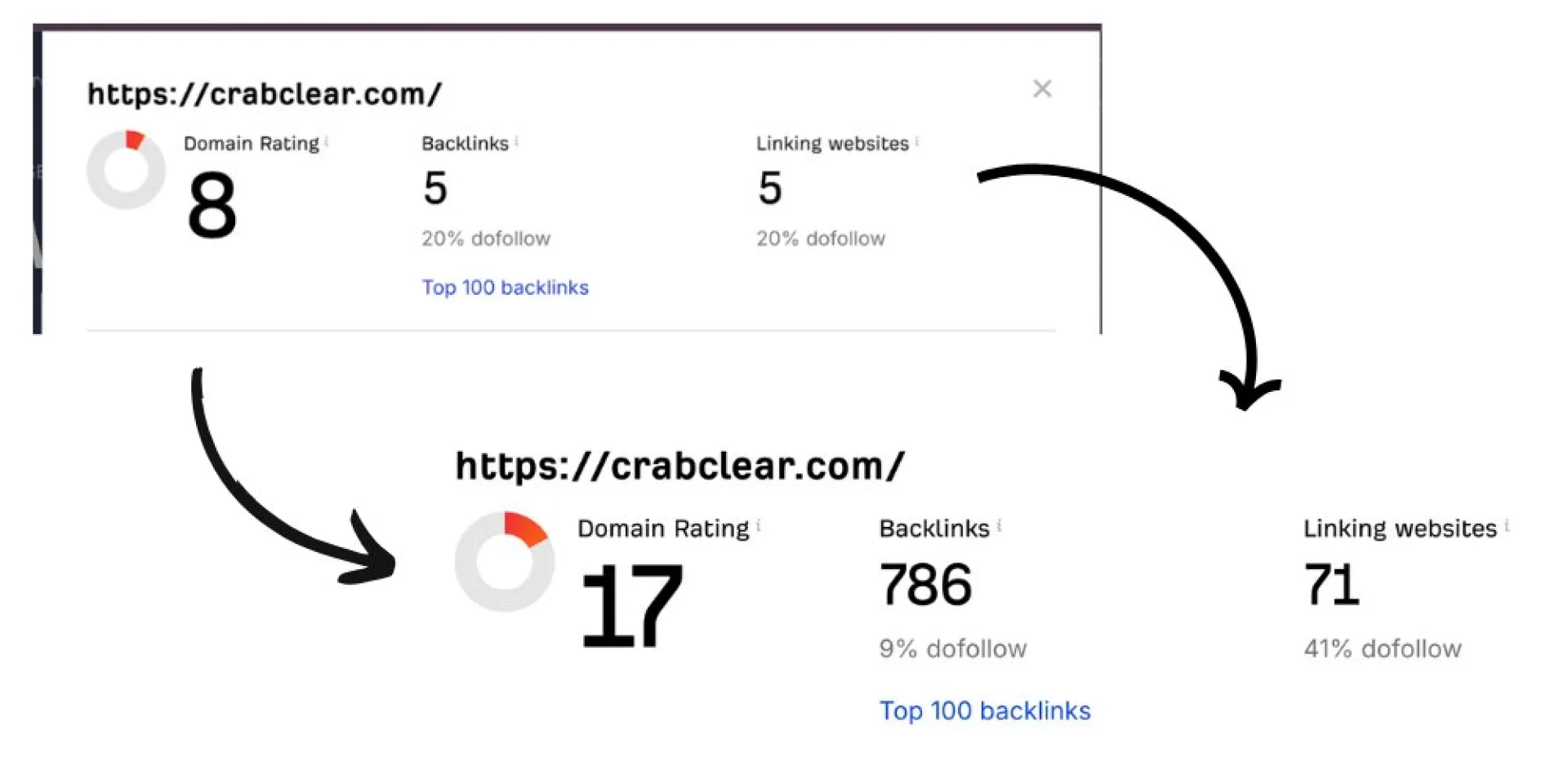
 $226/mo
$226/mo
Hey Huzzler community!
After running two B2B products with freemium models for 2+ years, I made a counterintuitive decision: I eliminated free plans from one of them. Here's what the data showed me.
The numbers that changed my mind
QR code analytics product:
- 600 monthly active free users
- Less than 10 paying customers
- 0% of paying customers started with free plans
Employee time tracking service:
- 80% of users stayed free for 2+ years despite daily usage
- When I removed free plans, only 1 person provided testimonials to keep free access
- The rest preferred to abandon the service rather than pay €6-10/month
The hidden costs I didn't expect
Free users weren't just non-converting, they were resource-heavy:
- Constant support tickets for features they'd never pay for
- Hours spent helping with setup (custom domains, DNS configuration)
- Server costs and infrastructure scaling with no revenue contribution
The opportunity cost hit hardest. Time helping free users = time not spent on paying customers.
What I learned about customer types
My paying customers shared one trait: they paid immediately.
No free trial period, no gradual conversion. They saw value and whipped out credit cards on day one.
Free users wanted "tools" (something that should be free). Paying customers wanted "services" (something worth paying for). The language difference revealed everything about their mindset.
When freemium still makes sense
I kept free plans for the QR analytics product because:
- It's SEO-driven with natural viral sharing
- Users create QR codes, others scan = organic exposure
- Marketing tools benefit from word-of-mouth
I removed them from the time tracking service because:
- B2B productivity tools don't get shared socially
- Target customers have software budgets
- No network effects from free users
The results
After going paid-only:
- Support tickets dropped 90%
- Infrastructure costs decreased
- All conversations became business-focused
- Total users decreased significantly
- Customer quality improved dramatically
Key takeaway
Freemium isn't universally good or bad, it depends on your market. For B2B products targeting businesses with existing software budgets, paid-only can work better than expected.
Sometimes, the best growth strategy is saying no to users who aren't ready to pay, allowing you to focus on those who truly value your work.
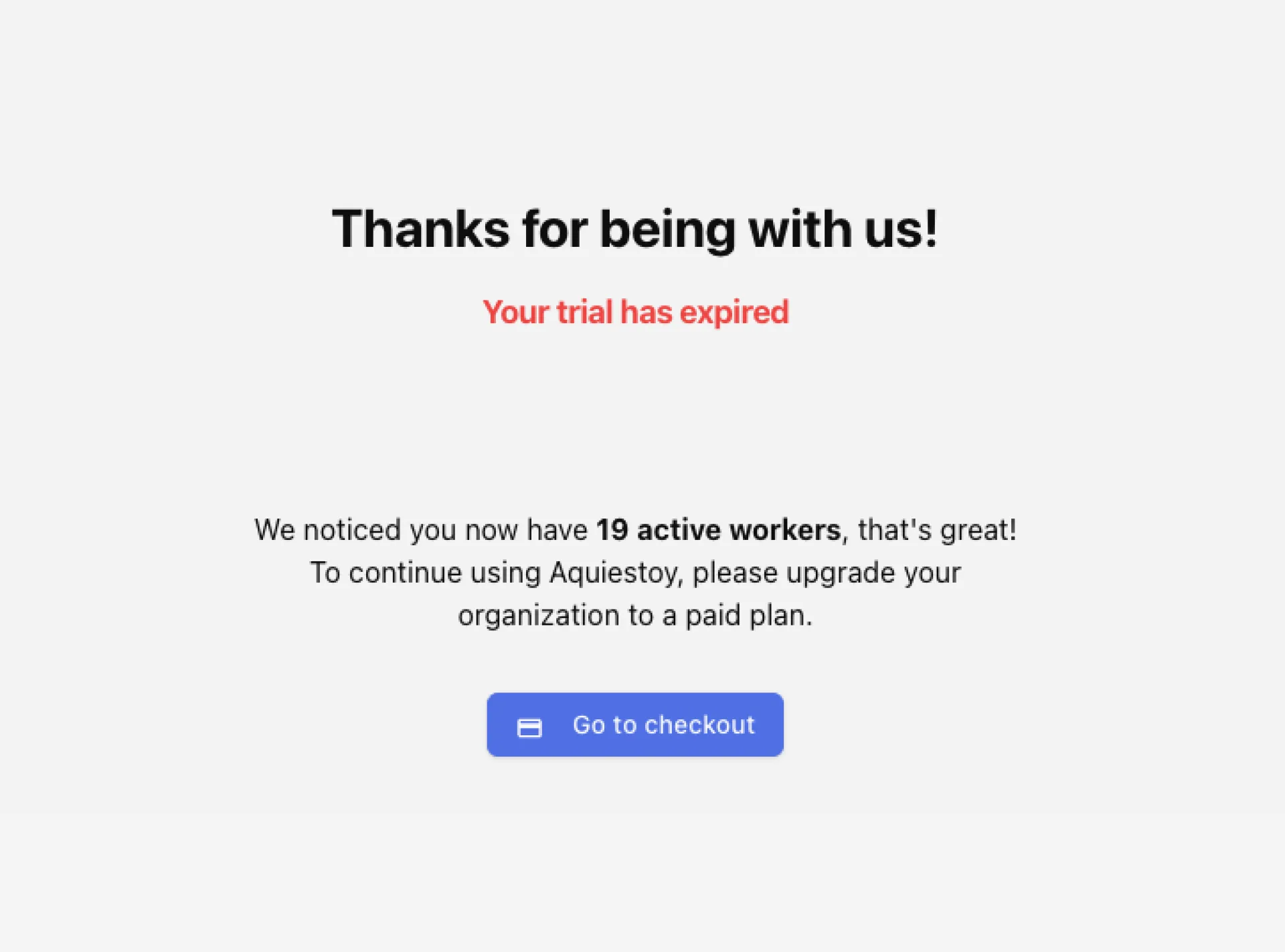
Hey Huzzler community!
After watching 1000+ of you launch here, I've started noticing a common pattern among SaaS launches:
Month 1-6: Build incredible product ✅
Month 7: Launch on Huzzler and get great feedback
Month 8: "No customers.. Maybe I need more features?" 🤔
Month 12: Still struggling with real customers... 😰
Here's the thing, almost everyone in this community can build. You're all incredibly talented.
We try posting on Product Hunt, tweeting, building in public... but our acutal customers are not browsing these sites. They're busy doing their jobs at companies.
That's why I'm building Customer Engine: a systematic approach to getting customers where you get exact daily tasks to get your first B2B customers.
Instead of: "What should I do today to get customers?"
You get: "Send 8 LinkedIn requests to marketing managers using template #3"
And you can actually see what's actually working for other founders (with real numbers).
Question for you guys: What's your biggest problem after launching your product? Is it getting the first real customers (who are not founders themselves)?
Would love your thoughts!
Waitlist: customerengine.co

-> Package your expertise into clear, fixed-scope productized services
-> Simplify sales with fixed pricing & deliverables
-> Automate onboarding & delivery
Sell solutions, not hours.
#startups #productizedservice #sales #founders
 $3.2k/mo
$3.2k/mo
High ranking content has fundamentally achieved 3 things.
- Content that hooks people
- It is posted in the right places at the right time
- The right keywords are used.
This is a highly distilled version of the art of content marketing.
Purpose of this post is to provide a framework that you can use today to achieve results within days with a focus on keywords.
Why it works
This is how I grew my YouTube channel in the last year, with a few explosions here and there, as you can see.
Tutorial video for the visual learners is here.
If you want to read the longer version, check the Medium article I wrote.

Hey everyone 👋
I run LaunchDirectories.com
It's a curated list of startup launch platforms (like Product Hunt, BetaList, IndieHackers, etc.), where founders can submit their products.
To make it more useful, every month I update the Domain Rating (DR) of these directories. DR is an Ahrefs metric (0–100) that shows how strong a site’s backlink profile is. In short: the higher the DR, the more authority and SEO value you can get when launching your product there.
This month’s update came a bit early 😅 and here are the highlights:
📈 Top 3 Gains
- Firsto (+18)
- PeerPush (+7)
- Startups Lab (+7)
📉 Top 3 Drops
- FindYourSaaS (−8)
- Openhunts (−5)
- DevHunt (−4)
You can check the full list (with all DRs) here 👉 launchdirectories.com
Curious to hear your thoughts:
- Do you look at DR when choosing where to launch?
- Should I also track other metrics (like traffic estimates, social reach)?
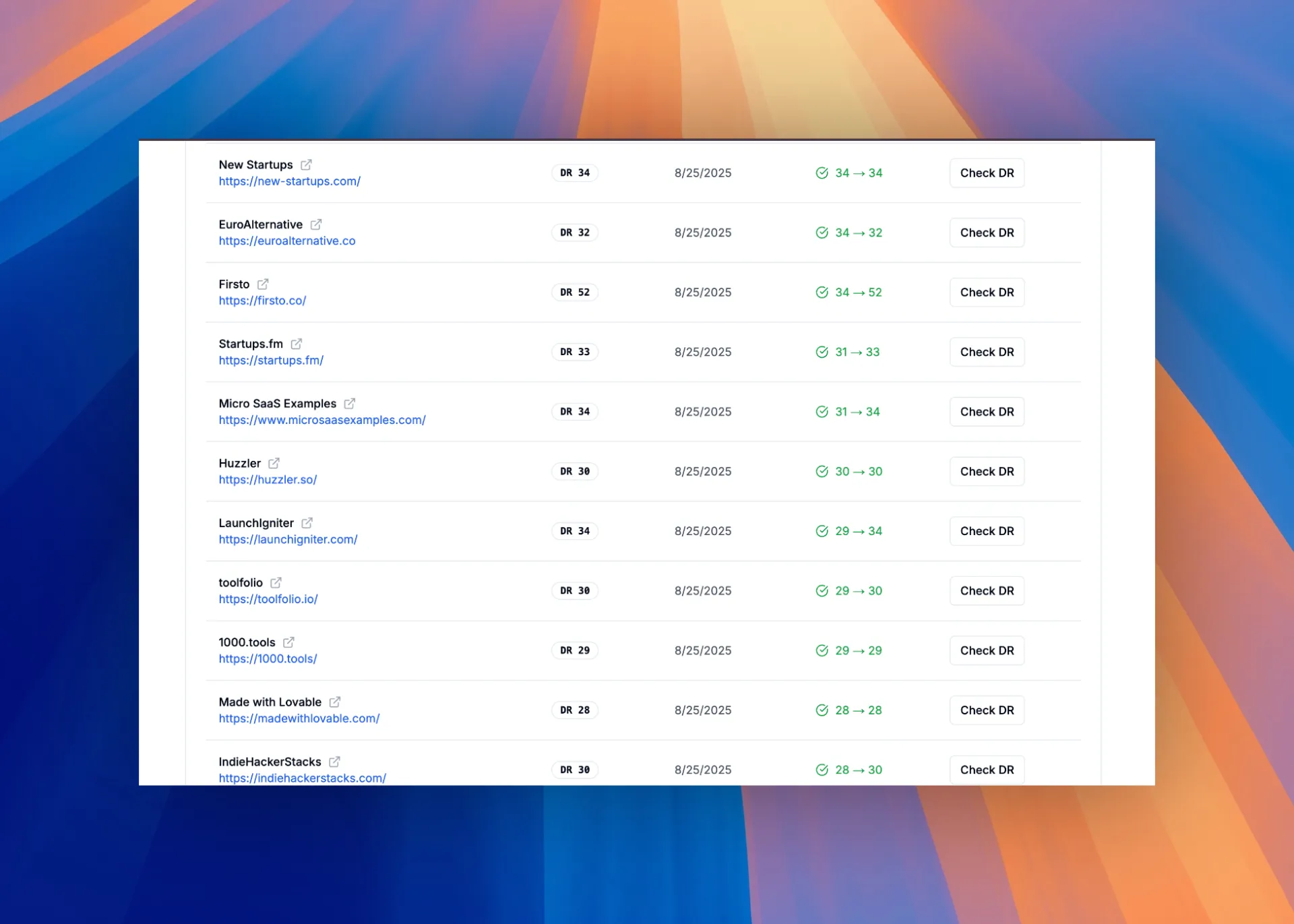
Hey Huzzler community!
After watching 1000+ of you launch here, I've started noticing a common pattern among SaaS launches:
Month 1-6: Build incredible product ✅
Month 7: Launch on Huzzler and get great feedback
Month 8: "No customers.. Maybe I need more features?" 🤔
Month 12: Still struggling with real customers... 😰
Here's the thing, almost everyone in this community can build. You're all incredibly talented.
We try posting on Product Hunt, tweeting, building in public... but our acutal customers are not browsing these sites. They're busy doing their jobs at companies.
That's why I'm building Customer Engine: a systematic approach to getting customers where you get exact daily tasks to get your first B2B customers.
Instead of: "What should I do today to get customers?"
You get: "Send 8 LinkedIn requests to marketing managers using template #3"
And you can actually see what's actually working for other founders (with real numbers).
Question for you guys: What's your biggest problem after launching your product? Is it getting the first real customers (who are not founders themselves)?
Would love your thoughts!
Waitlist: customerengine.co

Hey everyone 👋
I’ve been working on a Chrome extension and would love to get some early feedback and thoughts from you.
The idea is simple: help people capture and organize inspiration from the web so it doesn’t just disappear after closing a tab. With Instaboard, you can:
- Save content in one click: whether it's the visible page, a selected area, or just right-click any image to save it.
- Stay organized: create collections, add titles/notes, and search quickly through everything.
- Build moodboards: select multiple saved items, arrange them visually, and export them as images.
- Keep it private: everything is stored locally in your browser (no accounts, no cloud).
The library view is a clean, visual grid that makes browsing and rediscovering your saved items easy. Power users can also use keyboard shortcuts and context menus for a faster workflow.
I’d really appreciate your feedback:
- Do these features match how you’d want to save and revisit web inspiration?
- Is anything missing or could be simplified?
- Would you personally use something like this?
Thanks a lot! 🙏
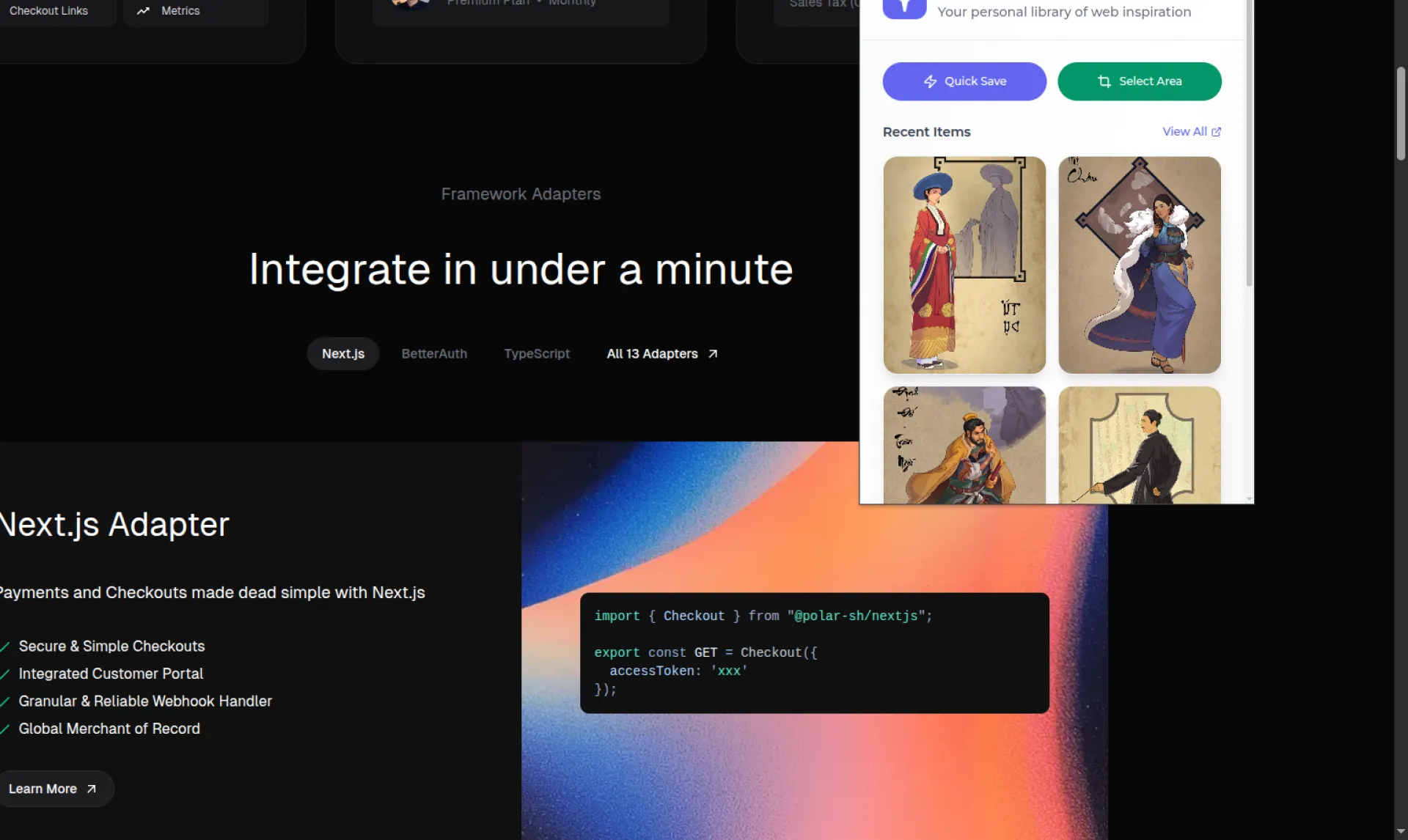

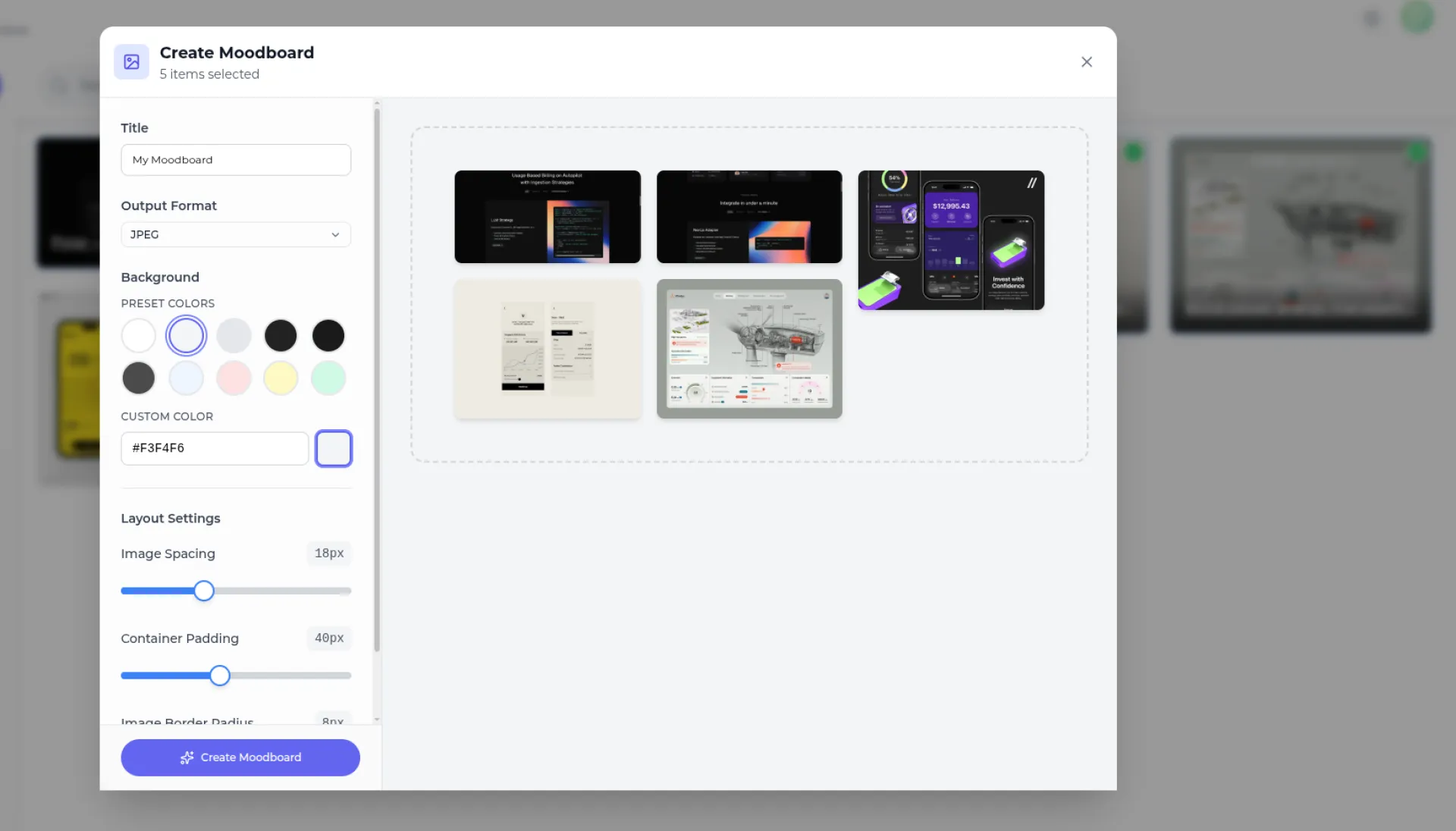
Launching NewsperAI wasn’t just a solo run -- it felt like stepping into a competition.
Product of the Week. Product of the Month. Everyone wants the spotlight. I quickly realized: this isn’t about just showing up, it’s about being seen. And that means understanding the launch world’s rules.
The big term I had to learn -- Hunter. Sounds intense, right? Here’s the clean take:
"A Hunter is the person who posts or 'hunts' your product on Product Hunt. They bring it to the community’s attention."
-- So if you’re launching, someone else (a hunter) often submits it. You can also hunt your own product. But hunters are usually active, respected users with followers who get notified when they share something new.
Why it matters: Launches compete. Having a well-known hunter is like having someone ring the bell before you step on stage. Their followers see your product. That initial visibility matters.
Here’s the list of hunters (people who hunted or can hunt) I’ve come across as I launched:
Product Hunters :
Kevin William David (https://kevinwilliamdavid.com/)
Chris Messina (https://chrismessina.me/)
Karthik Puvvada(https://bio.link/thisiskp)
fmerian (dm.new/fmerian )
Rohan Chaubey (https://tidycal.com/rohanchaubey)
Anne-Laure Le Cunff (@neuranne )
Ryan Hoover (Founder of @ProductHunt)
Iaroslav Chuikov (https://buymeacoffee.com/eerie616)
Ivan Braun (https://aiandtractors.com/)
Tod Sacerdoti
Zac Zuo
Denys Zhadanov
They’re active, credible, and known -- and that reputation is the launch’s jetpack.
The competition? Real. Every week and month, there’s a best product. You’re racing for visibility. That means:
-- Pre-launch prep
-- Choosing the right hunter (or hunting yourself )
-- Launch timing (early morning PST works best)
-- Engaging hard on launch day
The takeaway --> In a world where launches compete for Product of the Week/Month, hunters are your wining card.
I share the full behind-the-scenes of my launch in detail on my newsletter -->
https://hassaneddyb.substack.com/
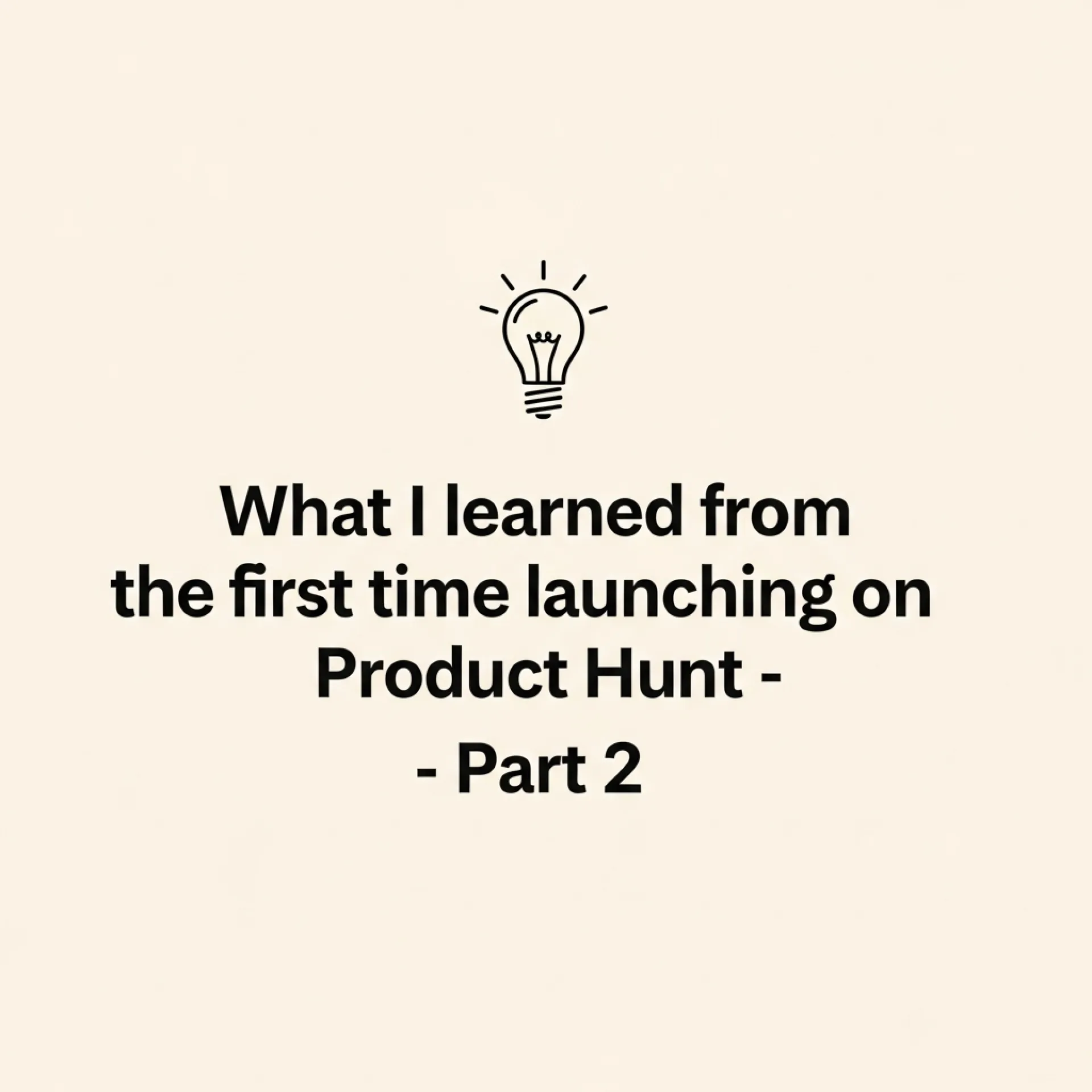
- Another domain registered. Another logo created.
- Something is coming ...Can you guess what it will be?
(By the way i use Adobe Illustrator to design my logos)
#Startups #ProductHunt #VibeEarly #IndieMakers #Entrepreneurship #BuildingInPublic #TechFounders
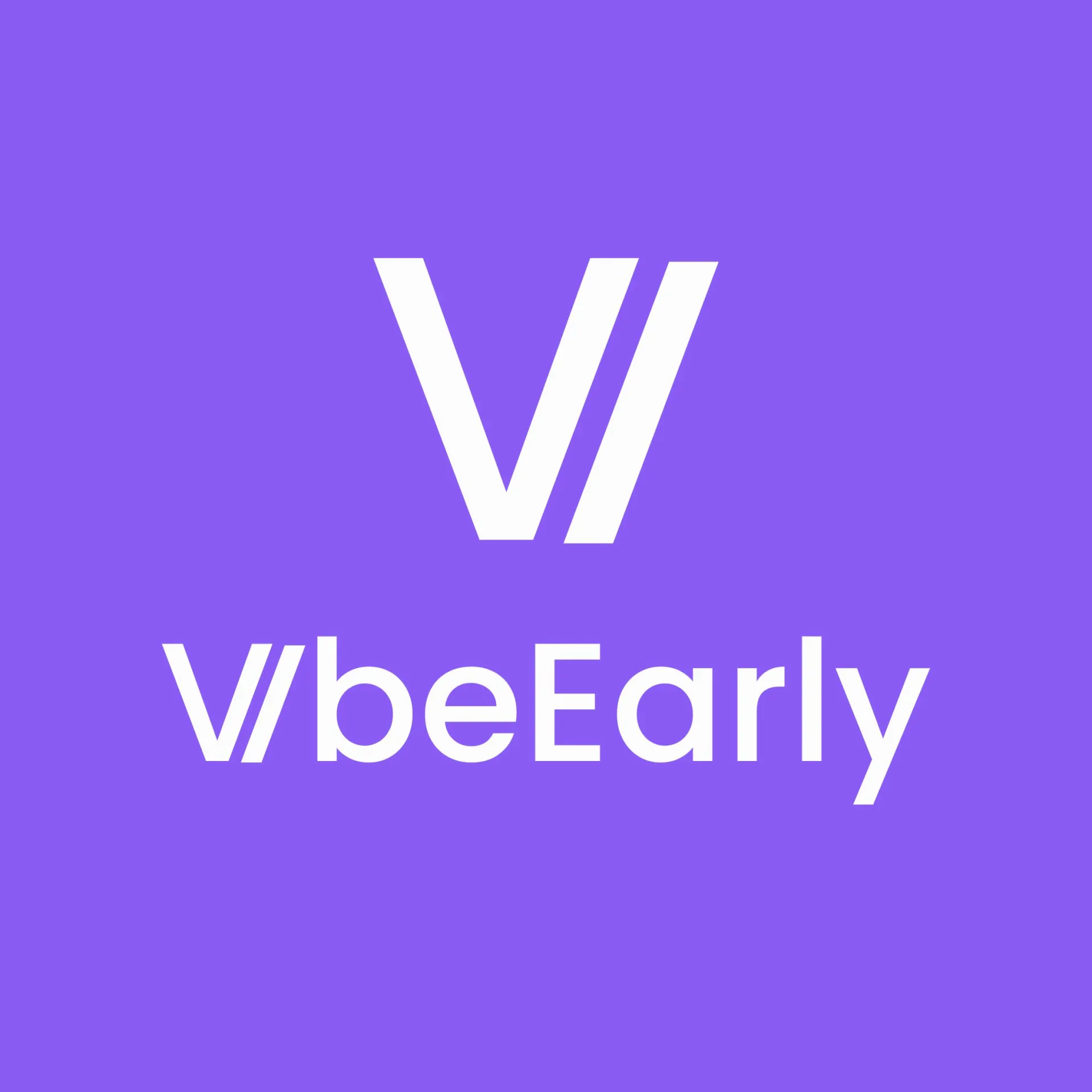
I wanted to see if the analytics I developed work or not, so I created a sample link https://apppa.ge/try and posted it on Reddit.
Now, I can see clicks from all across the world.
feels good :)
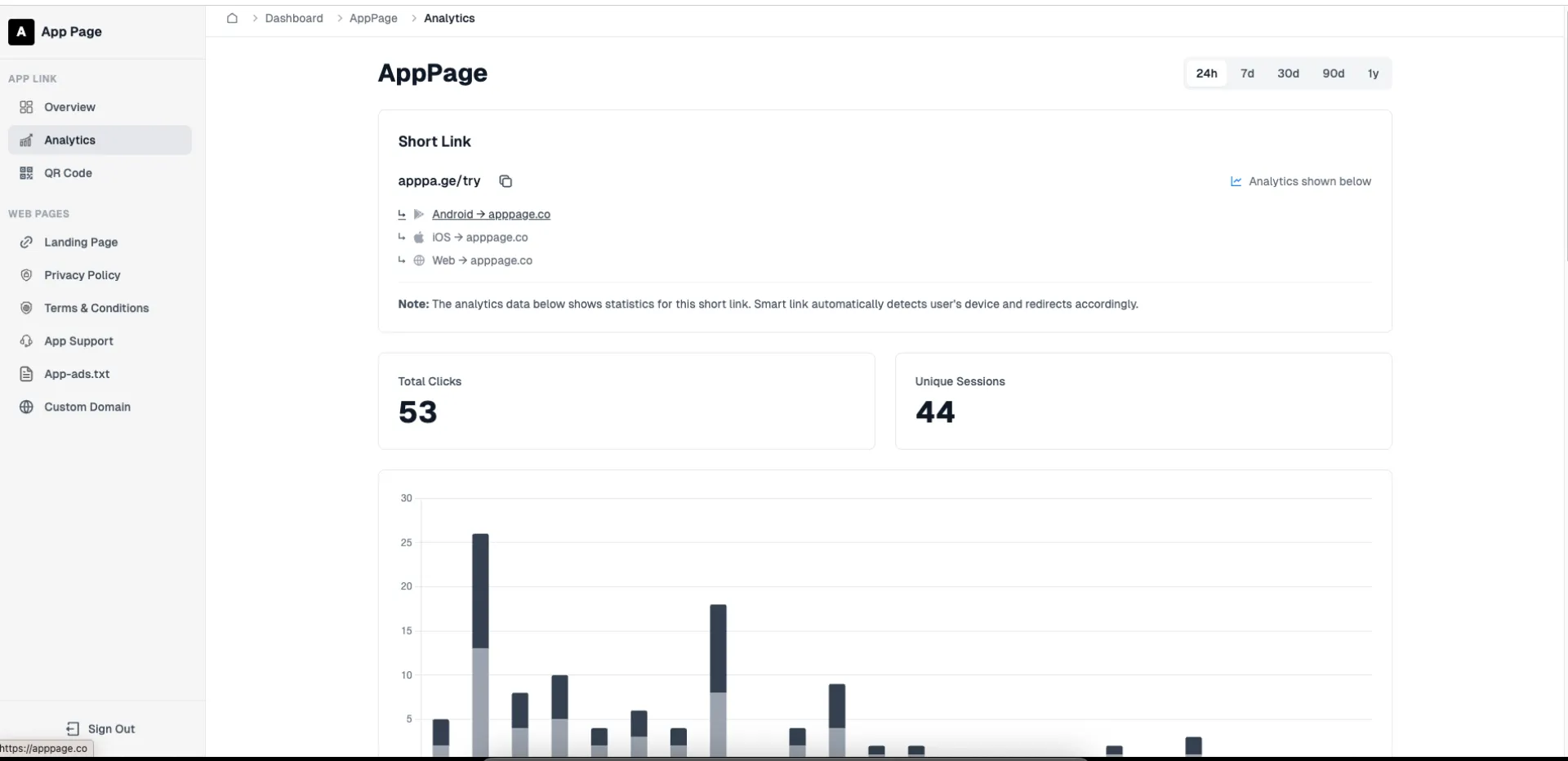
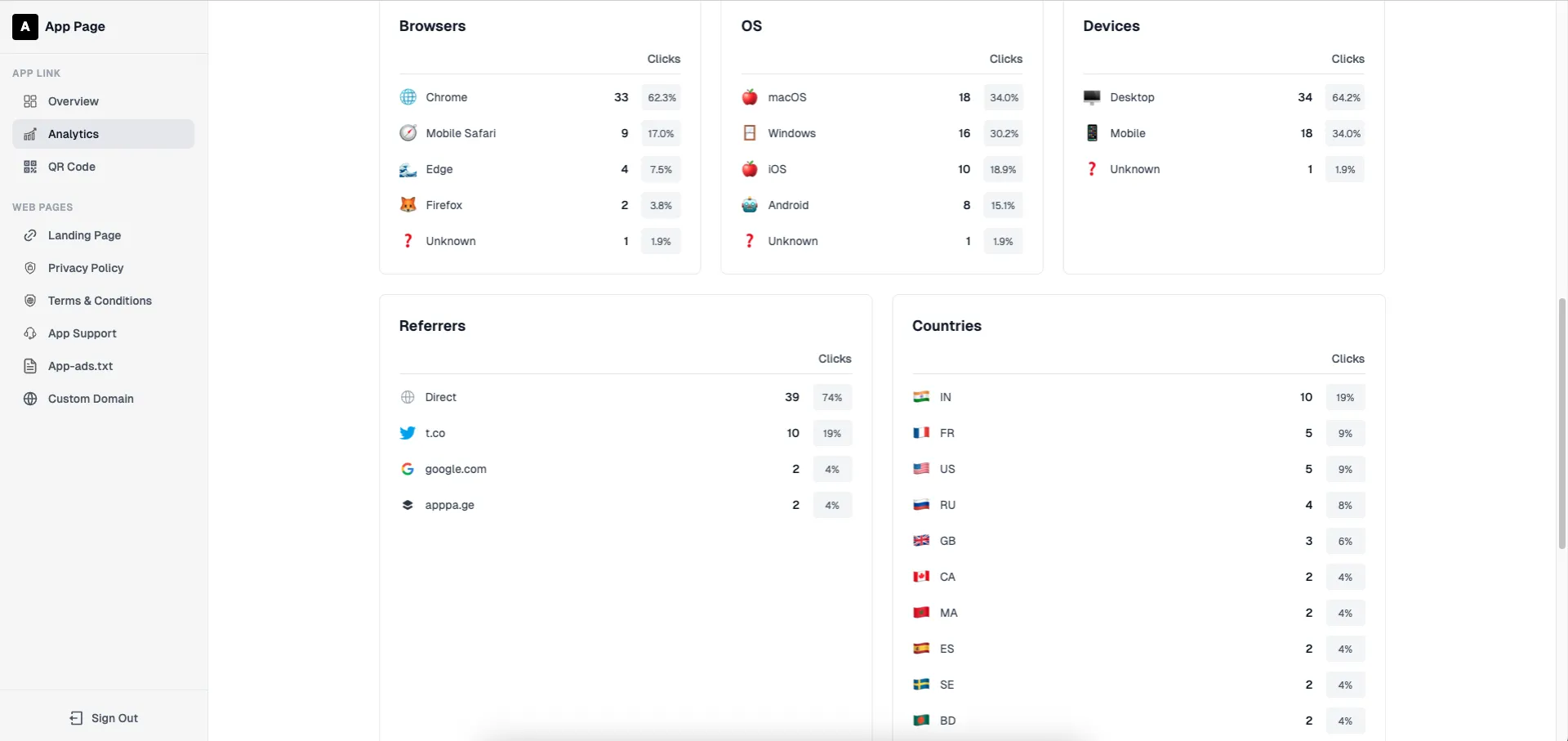
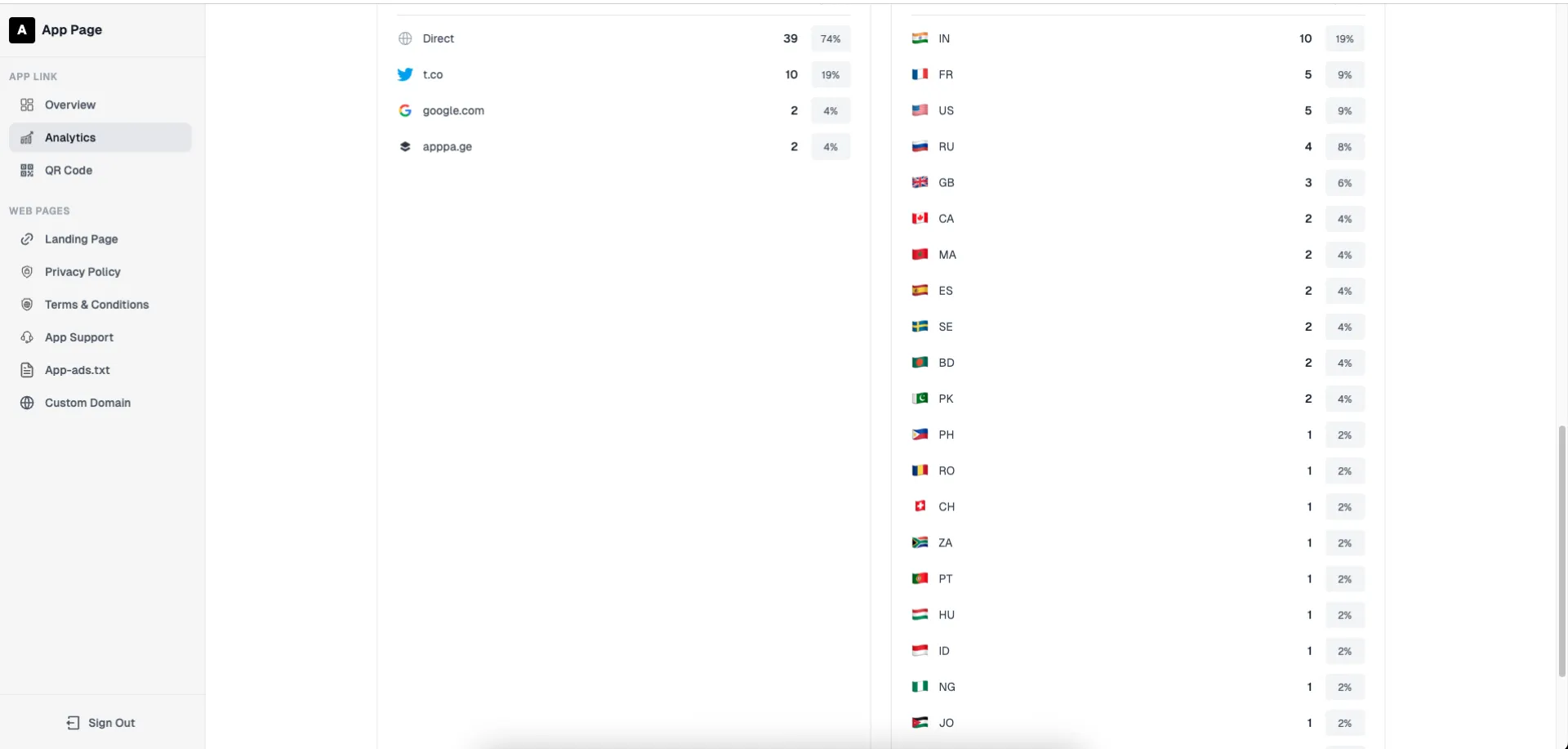
Here’s how to nail brand clarity from day one
Your startup or business name is your first impression.
If it’s confusing or generic, you lose attention before you start.
Here’s a simple checklist for naming:
— Keep it short and easy to pronounce
— Make it memorable, not complicated
— Avoid generic words that don’t say what you do
— Check that the domain and social handles are available
— Think long term — will it still fit if you expand?
A clear name helps you stand out, makes marketing easier, and builds trust fast.
Don’t overthink it or chase trends.
Pick a name that clearly tells what you do or the value you bring.
Strong brand clarity starts with a strong name.
#startups #branding #business #founders #namestorming #marketing #buildinpublic #growth
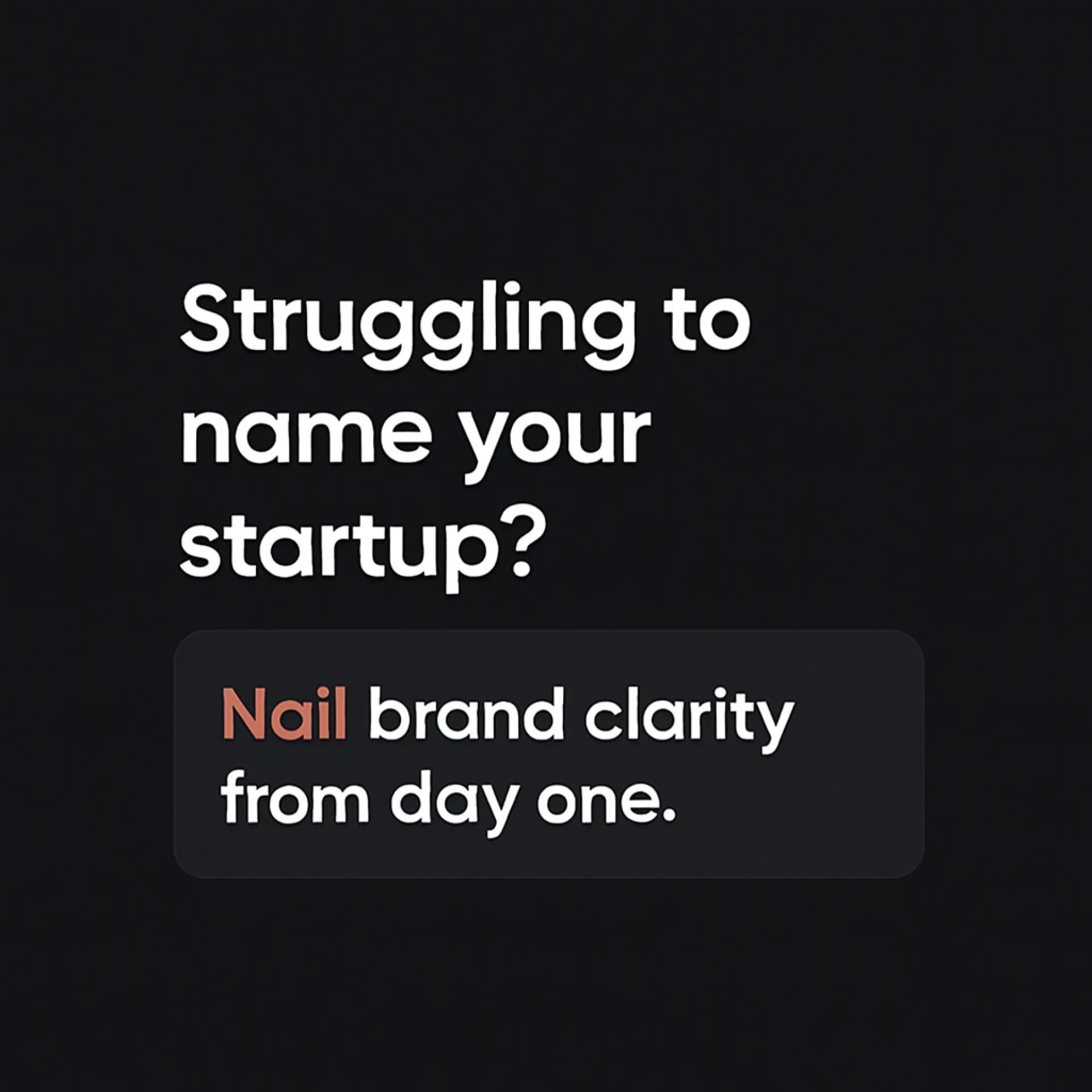
You can now send DMs to each other and talk in a group chat, all powered by Telegram.
To get started: set your Telegram username in your profile and a "message" button will appear on your public profile. You'll also show up in the chat window in the bottom right.
Join the group chat to network, talk and connect with the brightest founders ✨: t.me/huzzler_founders
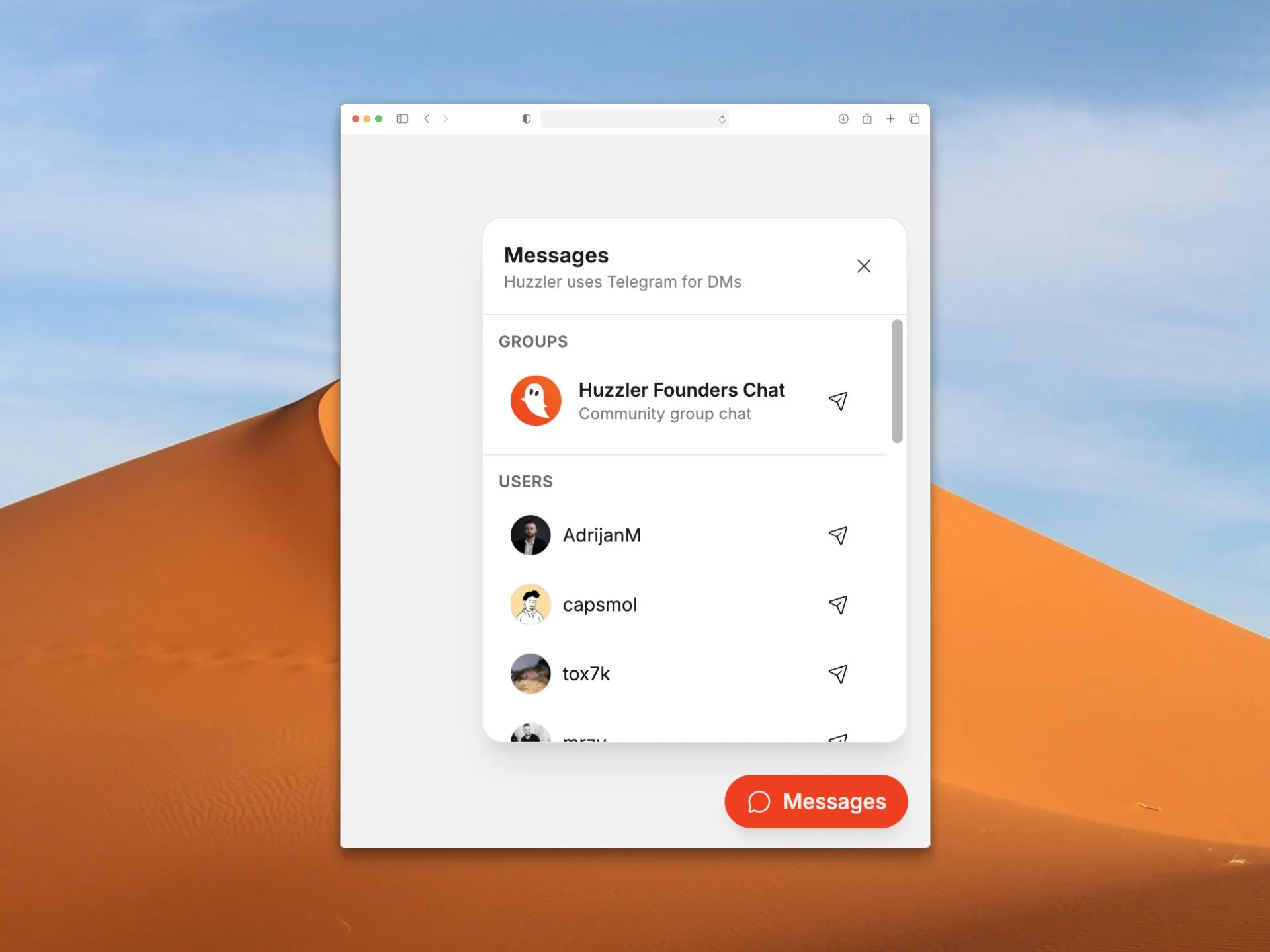
Because startups don’t die from lack of ideas.
They die from scattered energy and diluted execution.
Here’s the tactical truth:
— Context switching burns time → you think you're getting more done, you're just leaking energy
— Focus compounds → deep work creates leverage, not surface-level output
— Use time blocks to protect focus → 90 mins on, 30 mins off
— Batch tasks by mental mode → build, write, decide — never mix
— Cut your task list in half → keep only what moves the needle
— Kill fake progress → busy work ≠ traction
— Pick one north star per week → every task must ladder up to it
Multitasking feels productive.
Focus is productive.
Startups move fast when founders move with intent.
#startup #focus #productivity #founders #mentalclarity #buildinpublic
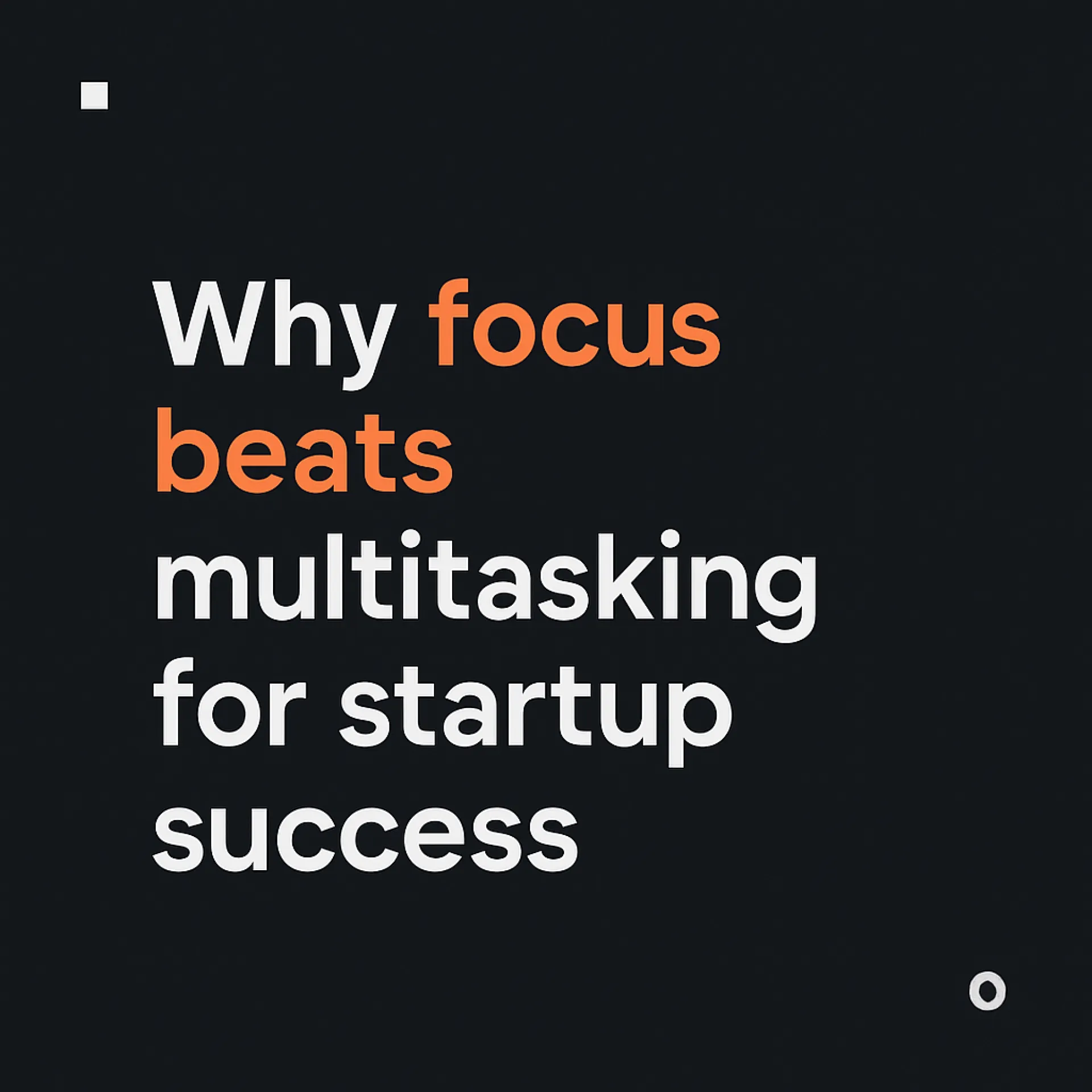
Hey Huzzler community!
After watching 1000+ of you launch here, I've started noticing a common pattern among SaaS launches:
Month 1-6: Build incredible product ✅
Month 7: Launch on Huzzler and get great feedback
Month 8: "No customers.. Maybe I need more features?" 🤔
Month 12: Still struggling with real customers... 😰
Here's the thing, almost everyone in this community can build. You're all incredibly talented.
We try posting on Product Hunt, tweeting, building in public... but our acutal customers are not browsing these sites. They're busy doing their jobs at companies.
That's why I'm building Customer Engine: a systematic approach to getting customers where you get exact daily tasks to get your first B2B customers.
Instead of: "What should I do today to get customers?"
You get: "Send 8 LinkedIn requests to marketing managers using template #3"
And you can actually see what's actually working for other founders (with real numbers).
Question for you guys: What's your biggest problem after launching your product? Is it getting the first real customers (who are not founders themselves)?
Would love your thoughts!
Waitlist: customerengine.co

